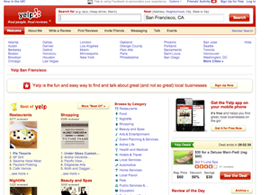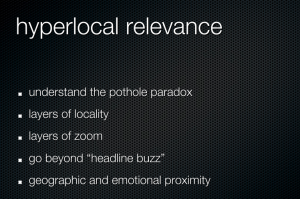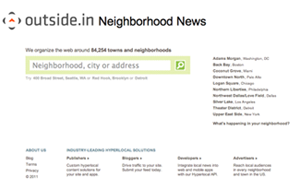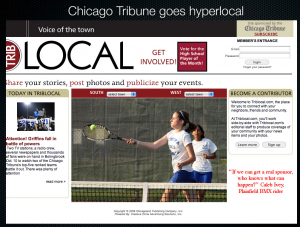conclusions
Ultimately, the hyperlocal approach isn’t just about people typing in their zip codes and receiving aggregated local content but rather contributing content in the form of stories, photos, videos, etc. Users want personalized content, but they also want control over their media, control over the way their stories, locations, and neighborhoods are represented. They want in on the action.













June